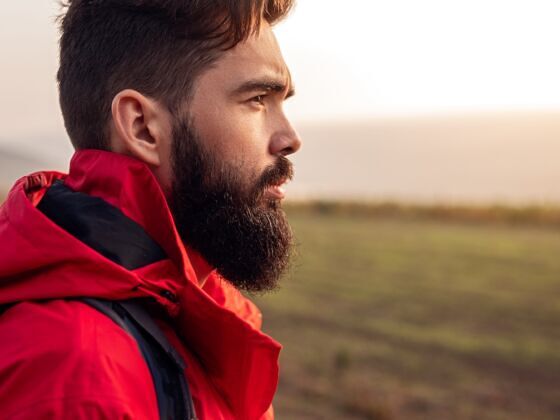WE MOST COMMONLY describe place through our eyes. In some ways we can think of a narrator almost like a camera.
One thing to keep in mind however, is not to “get in the way” of the camera too often. Take this example:
I looked out over the vast playa as the sun was setting.
Notice how the narrator (“I”) is “in the shot.”
